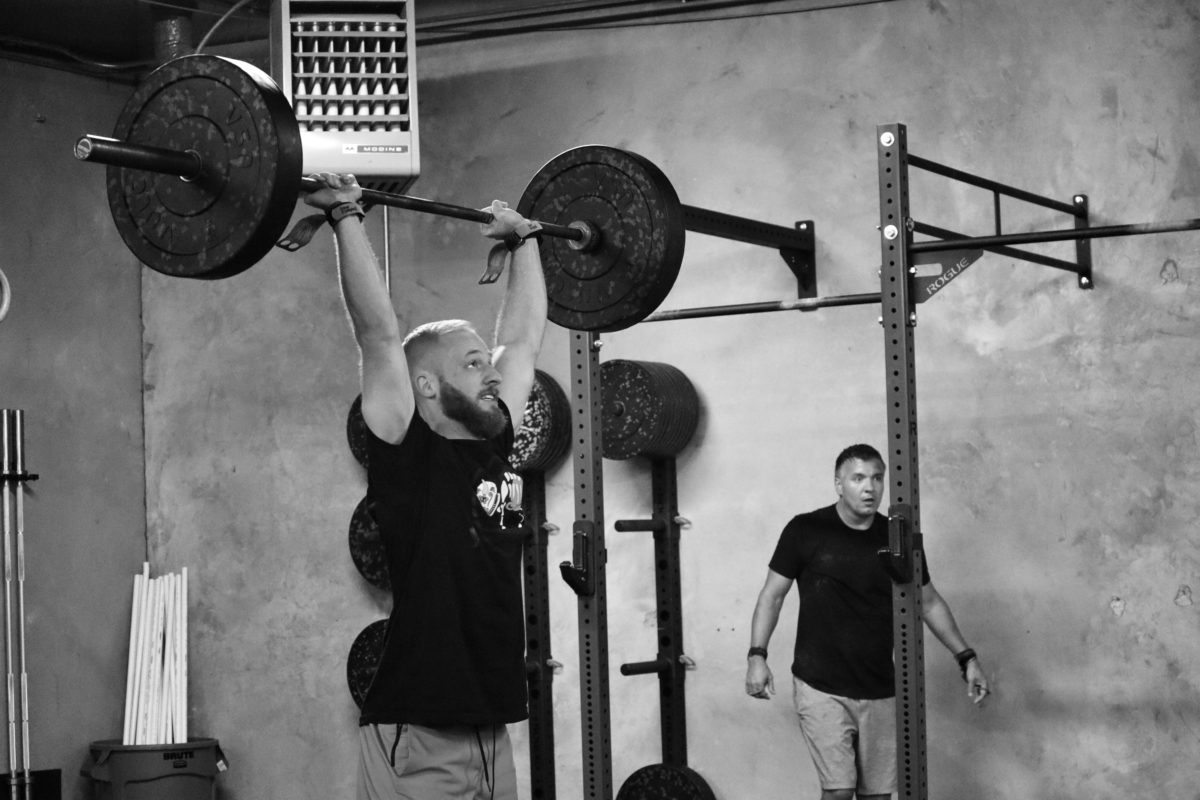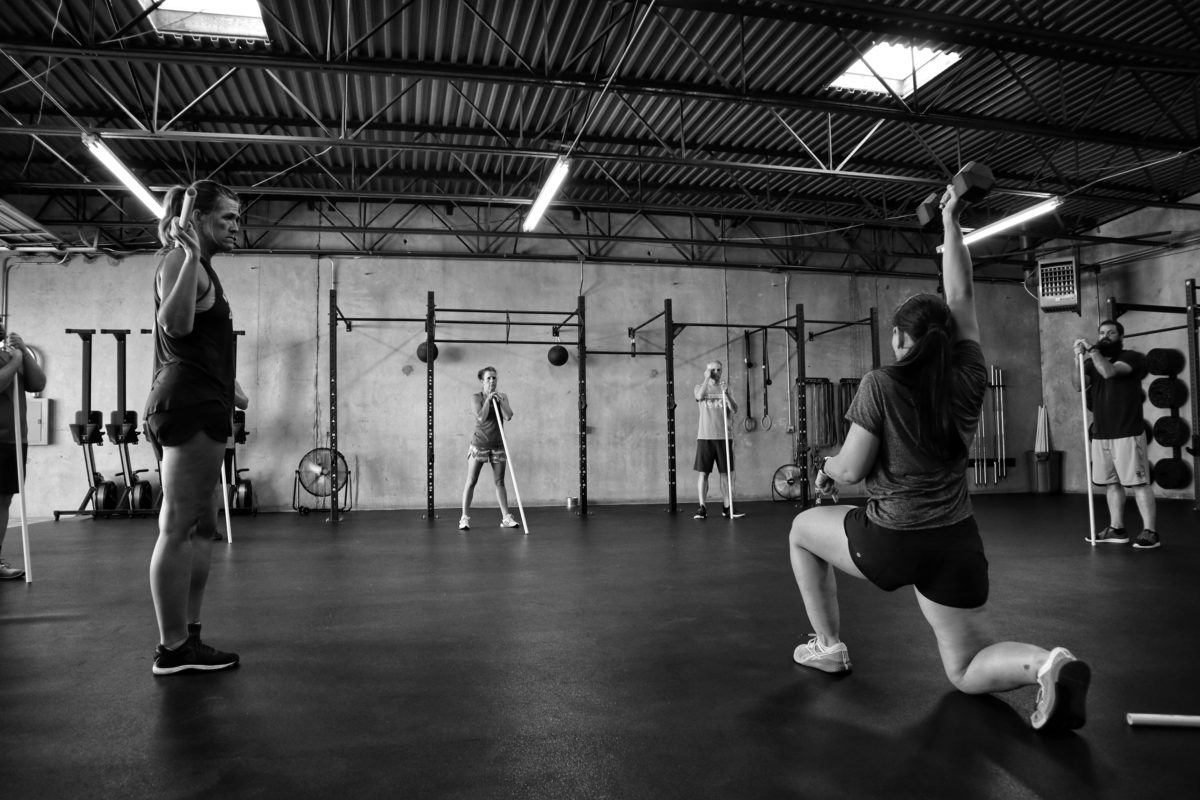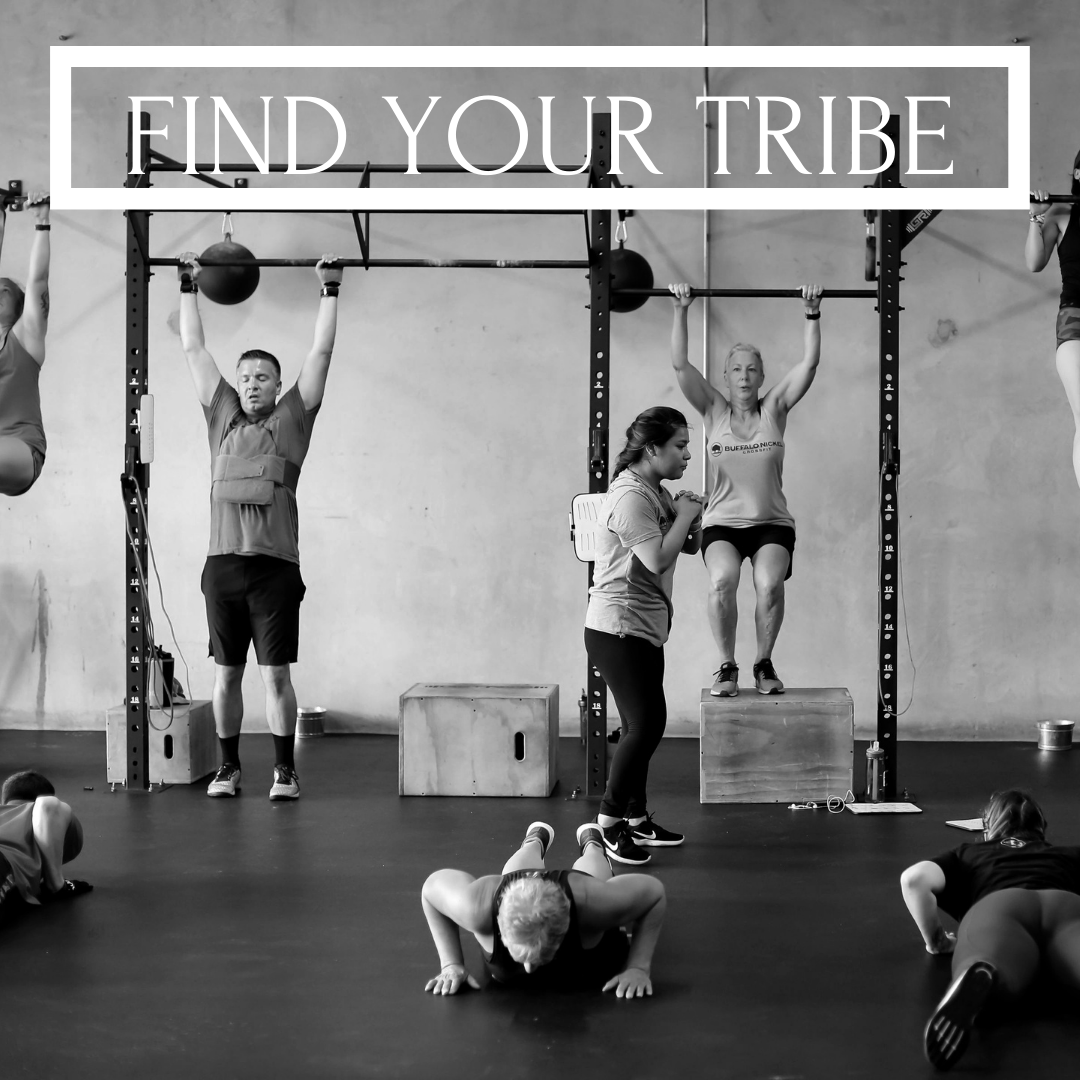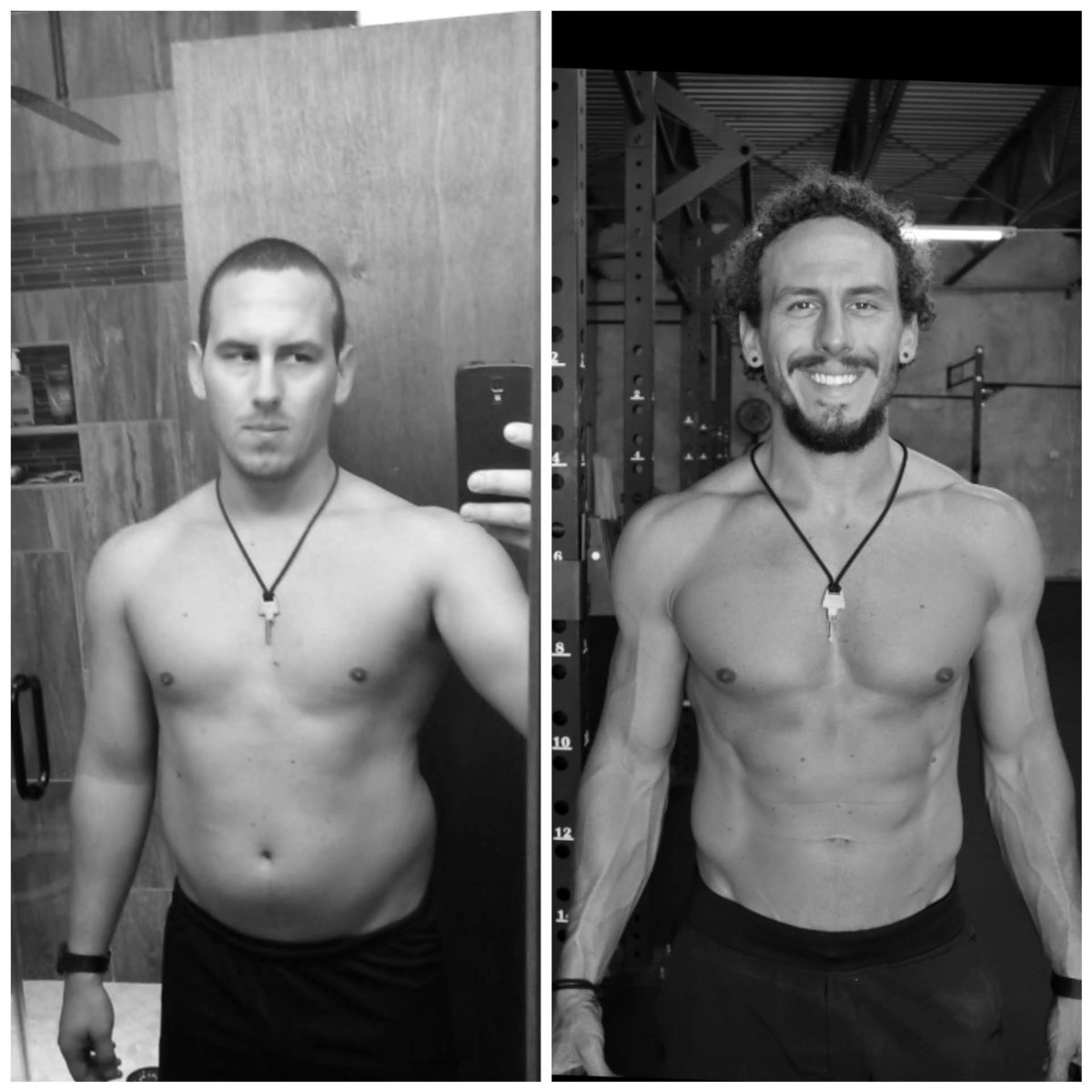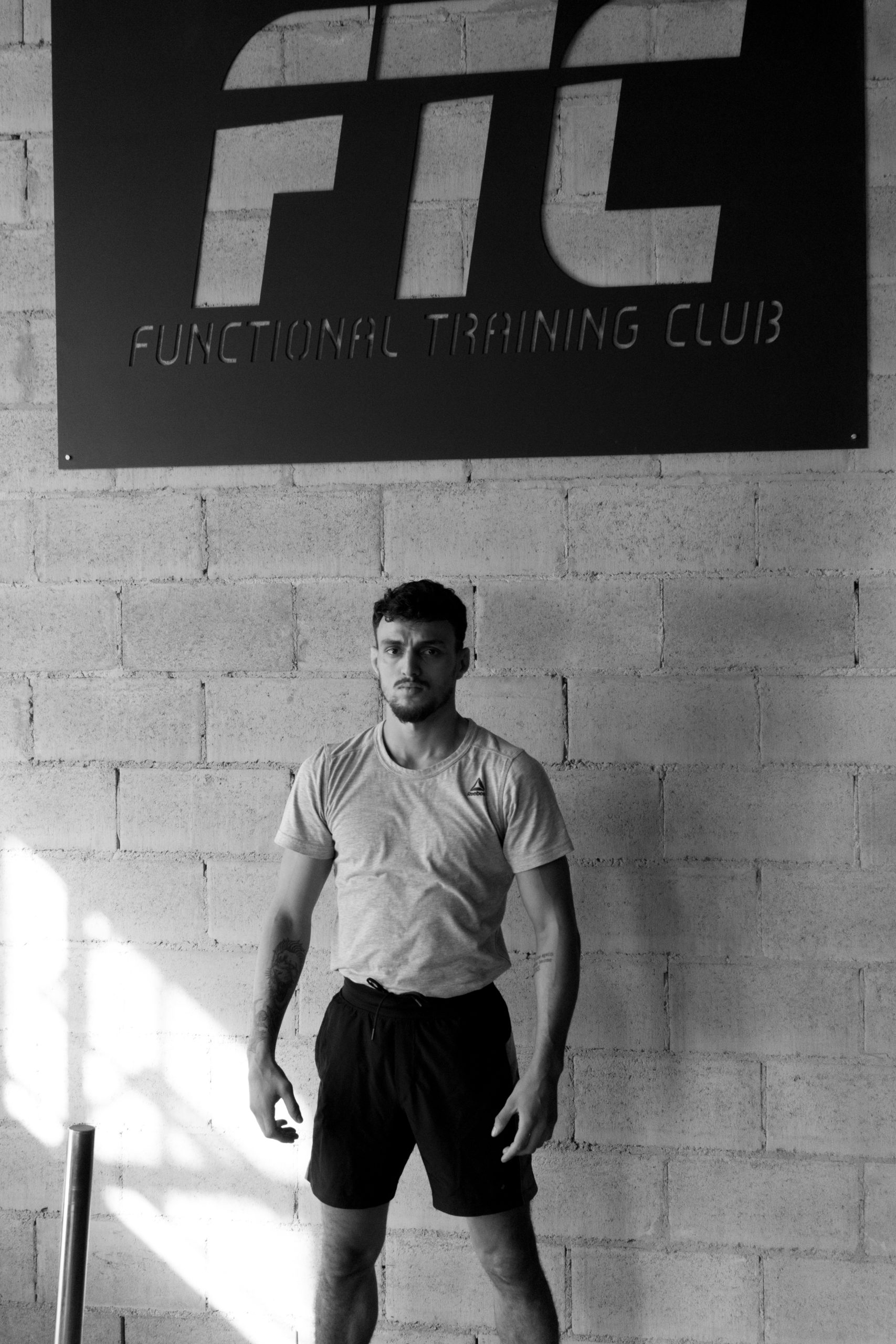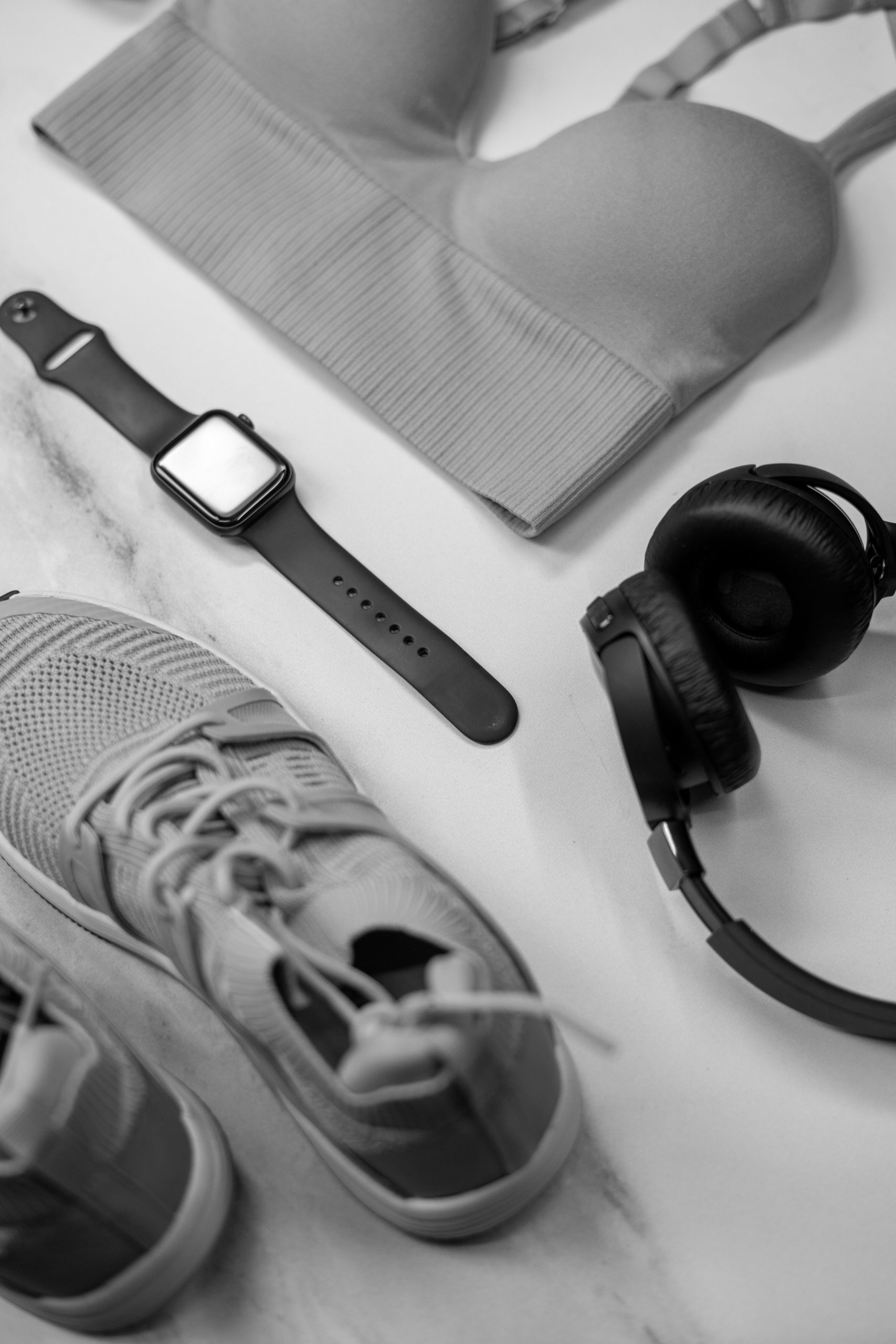Kalsu, a name most have never heard of. But for a few of us it is a name that will never be forgotten. So what, and more importantly who is Kalsu?
Kalsu the Hero WOD, is one of the most difficult, unholy, immortal, and revered WOD’s out there. The WOD itself is 100 thrusters done for time, men use 135 lbs and women use 95 lbs. That sounds hard enough but at the top of every minute you have to do 5 burpees, each and every minute. It is a brutal one just to do scaled or modified let alone to Rx. But the man it is named after and in honor of deserves such an outstanding workout.
James Robert Kalsu was a local Oklahoman. He was born and raised around Oklahoma City and even played college football at the University of Oklahoma. He was drafted to the Buffalo Bills where he played his one and only season and was rookie-of-the-year for the Bills’. In 1968 he entered the U.S. Army. He went on to the 101st Airborne and was sent to Vietnam where he was tragically killed in action leaving a wife, daughter, and unborn son.
Aside from being a fellow Okie, Kalsu like many other soldiers gave the ultimate sacrifice. Paying with his life in service of the United States. Here at Buffalo Nickel CrossFit we think Kalsu along with others who give up lucrative professional careers to serve in a role they feel called to, and to sacrifice their lives have earned a well deserved honor.
CrossFit uses Hero WOD’s as a way to pay respect, you can read in more detail (here). Hero WOD’s are really tough, they are supposed to be. But I personally think Kalsu is one of the toughest. A couple years ago we programmed it just to try it and it was more difficult than any of us at BNCF imagined.
When I say it was more difficult than we imagined I mean, it was terrible, and one of the most painful workouts I have ever done. It took a great deal of mental fortitude to continue chipping away at the 100 reps. It is one of the only WOD’s I have seen people cry during, the physical suffering you go through during the WOD is nothing to the level and intensity of soreness that hits you like a tsunami in the following days.
In 2019 we decided to do it again, but this time on the anniversary of our opening date. We have decided to make it an annual event that we will do in honor of Bob Kalsu and to celebrate the opening anniversary of BNCF. Buffalo Nickel CrossFit like Bob Kalsu is proudly Oklahoman and we love honoring an American Hero in our own special way.
If you have never done Kalsu, you should. It’s one of those crazy, incomprehensible but exciting things such as bungee jumping or skydiving that make life that much more interesting.
Kalsu, one hell of a WOD for one hell of a guy.
